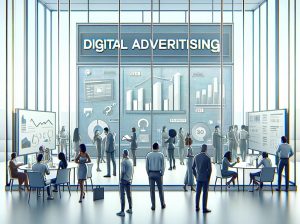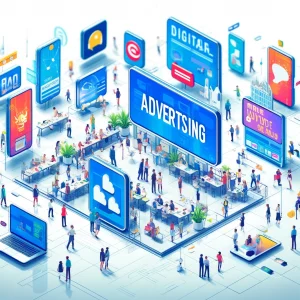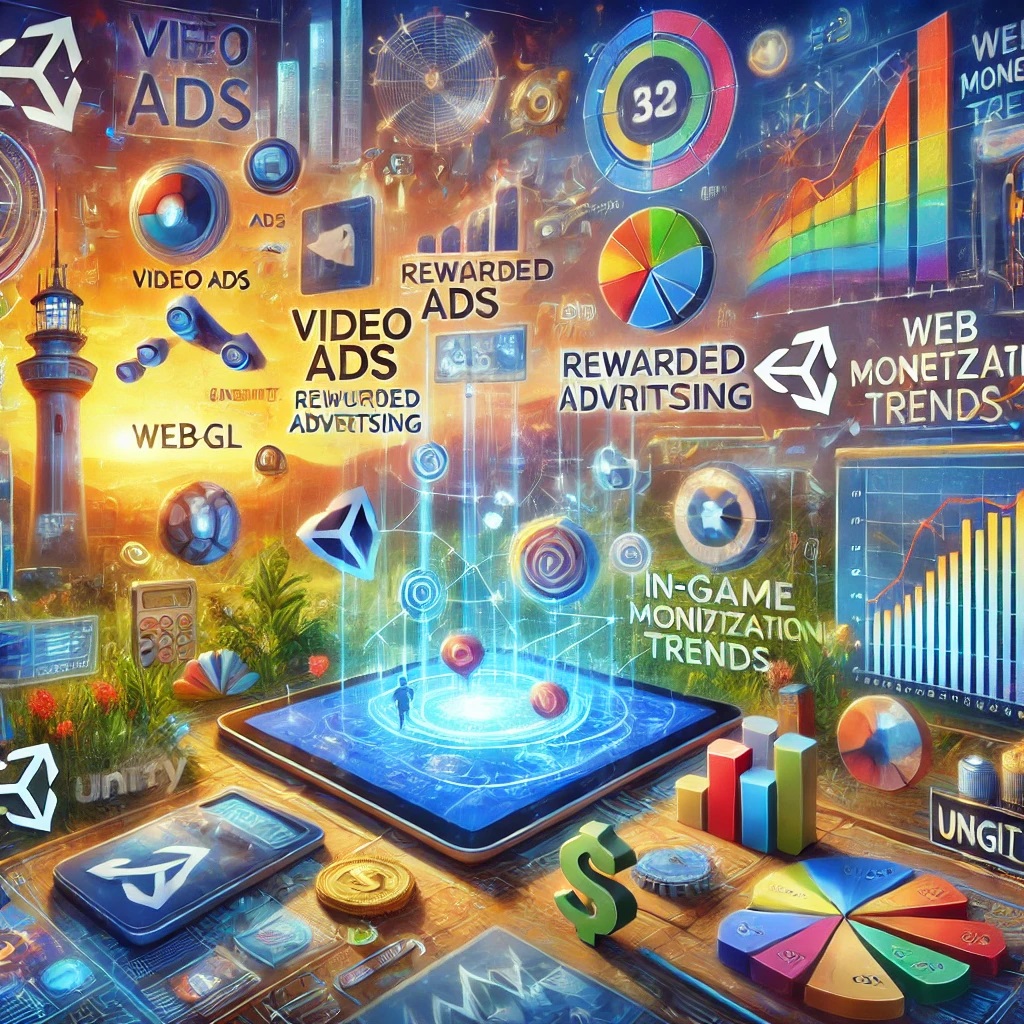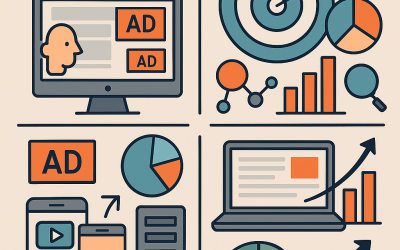The Latest Trends in Web Monetization: What You Need to Know
Web monetization is evolving rapidly. As digital landscapes change, so do the strategies for generating revenue online. Staying updated with the latest trends is crucial for website owners and developers. Here’s a look at the newest developments in web monetization and how you can leverage them to maximize your earnings.
Contents
1. Rise of Rewarded Ads
Rewarded ads have become a significant trend in web monetization. Users willingly watch ads in exchange for rewards, such as premium content, in-game currency, or other incentives. This strategy boosts user engagement and satisfaction while increasing ad revenue. Integrating rewarded ads for your website can enhance user experience and drive higher eCPM (Effective Cost Per Thousand Impressions).
Key Benefits of Rewarded Ads
-
Increased User Engagement
Rewarded ads significantly boost user engagement. When users receive tangible rewards for watching ads, they are more likely to interact with the content. This creates a positive feedback loop, where users repeatedly engage with ads to earn rewards. The interactive nature of rewarded ads keeps users involved and interested in the platform, leading to longer session durations and increased return visits.
-
Higher Ad Revenue
Rewarded ads offer higher ad revenue potential compared to traditional ad formats. Advertisers are willing to pay a premium for ad placements that guarantee user interaction. Since users voluntarily watch these ads, completion rates are higher, which translates to better ROI for advertisers. This, in turn, leads to higher CPM rates for publishers.
-
Improved User Experience
Rewarded ads enhance the overall user experience by offering value in exchange for their time. Unlike intrusive ads that disrupt the user experience, rewarded ads provide users with something beneficial, making the ad experience more positive. This leads to higher user satisfaction and loyalty, as users feel they are getting something worthwhile in return.
2. Growth of Subscription Models
Continuing on my “Latest Trends in Web Monetization” post, Subscription-based models are gaining traction. Websites offer exclusive content, ad-free experiences, or premium features for a recurring fee. This trend reflects a shift towards valuing consistent revenue streams over one-time ad earnings. Implementing a subscription model requires high-quality, exclusive content that users are willing to pay for.
Key Benefits of Subscription Models
- Steady Revenue Stream
A subscription model offers a reliable and predictable revenue stream. Unlike ad-based revenue, which can fluctuate based on ad demand and user engagement, subscription payments are consistent. Subscribers commit to regular payments, providing a stable income that can be forecasted with greater accuracy. This steady cash flow is crucial for long-term planning and investment in content and platform improvements.
-
Enhanced User Loyalty
 Subscription models foster stronger user loyalty. When users subscribe, they invest in the platform, which increases their commitment to and satisfaction with the service. Subscribers often receive exclusive content, features, or experiences, making them feel valued and more likely to remain long-term users. Enhanced user loyalty translates to lower churn rates and higher lifetime value per customer.
Subscription models foster stronger user loyalty. When users subscribe, they invest in the platform, which increases their commitment to and satisfaction with the service. Subscribers often receive exclusive content, features, or experiences, making them feel valued and more likely to remain long-term users. Enhanced user loyalty translates to lower churn rates and higher lifetime value per customer.
-
Reduction in Ad Dependency
Implementing a subscription model reduces dependency on ad revenue. This is particularly beneficial in environments where ad blockers are prevalent, or users are sensitive to excessive advertising. By offering ad-free experiences or premium content in exchange for a subscription fee, platforms can maintain high-quality user experiences without over-relying on ads. This shift can also make platforms more appealing to users who prefer uninterrupted content consumption.
3. Integration of Blockchain Technology
Blockchain is making waves in web monetization by providing transparency and security. It enables microtransactions and direct payments without intermediaries. Platforms like Coil are pioneering this space, allowing users to pay creators directly as they consume content. This model ensures fair compensation and enhances trust between creators and consumers.
Key Benefits of Blockchain Technology in Web Monetization
- Transparency in Transactions
Blockchain technology offers unparalleled transparency in transactions. Each transaction is recorded on a decentralized ledger, visible to all participants in the network. This transparency ensures that every transaction is traceable, immutable, and verifiable. For web monetization, this means advertisers, publishers, and users can all see the flow of funds and ensure that payments are made accurately and on time.
- Reduced Need for Intermediaries
Blockchain reduces the need for intermediaries by enabling direct transactions between parties. Traditional web monetization often involves multiple intermediaries, such as ad networks, payment processors, and banks, each taking a cut of the revenue. Blockchain allows for peer-to-peer transactions, minimizing fees and speeding up payment processes. This efficiency can lead to higher earnings for content creators and lower costs for advertisers.
- Fair Compensation for Content Creators
Blockchain ensures fair compensation for content creators by enabling transparent and direct monetization methods. Content creators often face issues with delayed payments, unfair revenue splits, and lack of control over their earnings. Blockchain addresses these issues by providing a fair, decentralized, and automated payment system. Creators can receive payments instantly and directly from their audience or advertisers, without losing a significant portion to intermediaries.
4. Interactive Ad Formats
Continuing on my “Latest Trends in Web Monetization” post, Interactive ads are becoming more popular. They engage users more effectively than traditional ads by involving them in the ad experience. Formats like playable ads, surveys, and polls can increase user interaction and satisfaction. These ads are particularly effective in mobile game monetization, where user engagement is critical.
Key Benefits of Interactive Ad Formats
- Higher User Engagement
Interactive ad formats significantly enhance user engagement by involving users in the ad experience. Unlike traditional ads, which users often passively view or ignore, interactive ads require active participation. This engagement can take various forms, such as swiping, clicking, playing a mini-game, or answering a question. By turning ads into interactive experiences, users become more immersed and invested in the content, leading to higher engagement levels.
- Better Ad Recall
Interactive ads lead to better ad recall because they create memorable experiences. When users actively participate in an ad, they are more likely to remember the brand and message. The interactive nature of these ads ensures that users spend more time engaging with the content, which helps reinforce the brand’s message and increases the likelihood of it being remembered later.
- Increased Conversion Rates
Interactive ads can drive higher conversion rates by engaging users more effectively and providing a clearer path to action. Because these ads are more engaging and memorable, they often lead to better brand awareness and interest, ultimately resulting in higher conversion rates. Interactive ads can also include direct calls to action, such as “Download Now,” “Shop Now,” or “Learn More,” making it easy for users to take the next step.
5. Programmatic Advertising
Programmatic advertising automates the buying and selling of ad space, making the process more efficient and cost-effective. It leverages AI and machine learning to optimize ad placements in real-time, ensuring that the right ads reach the right audience. This trend is revolutionizing ad monetization by maximizing ad revenue and improving user targeting.
Key Benefits of Programmatic Advertising
- Efficient Ad Placement
Programmatic advertising automates the buying and selling of ad space, leading to more efficient ad placements. Instead of relying on manual processes, programmatic systems use sophisticated algorithms to place ads in front of the right audience at the right time. This automation streamlines the ad buying process, reduces human error, and ensures that ads are placed where they are most likely to be effective.
- Real-Time Optimization
One of the standout features of programmatic advertising is its ability to optimize campaigns in real-time. As data is collected on ad performance, the system automatically adjusts bidding strategies, ad placements, and targeting parameters to improve results continuously. This dynamic optimization ensures that ad spend is used effectively, maximizing ROI.
- Higher Revenue Potential
 Programmatic advertising can significantly increase revenue potential for publishers. By connecting publishers with a vast pool of advertisers, programmatic platforms ensure high competition for ad space, leading to higher CPMs (Cost Per Thousand Impressions). Additionally, the precision targeting and real-time optimization capabilities of programmatic advertising result in higher ad effectiveness, further driving revenue.
Programmatic advertising can significantly increase revenue potential for publishers. By connecting publishers with a vast pool of advertisers, programmatic platforms ensure high competition for ad space, leading to higher CPMs (Cost Per Thousand Impressions). Additionally, the precision targeting and real-time optimization capabilities of programmatic advertising result in higher ad effectiveness, further driving revenue.
6. Native Advertising
Continuing on my “Latest Trends in Web Monetization” post, Native advertising blends ads seamlessly with content, making them less intrusive and more engaging. These ads match the look and feel of the platform they’re on, enhancing user experience. Native ads can take various forms, such as sponsored articles, videos, or social media posts, and are effective in driving user engagement without disrupting the user experience.
Key Benefits of Native Advertising
- Non-Intrusive User Experience
Native advertising is designed to blend seamlessly with the content of the platform, providing a non-intrusive user experience. Unlike traditional banner ads or pop-ups that can disrupt the user’s browsing experience, native ads match the look and feel of the surrounding content. This subtle integration ensures that users are less likely to feel interrupted or annoyed by the ads, leading to a more pleasant and cohesive browsing experience.
- Higher User Engagement
Native advertising typically results in higher user engagement. Since these ads are designed to look and feel like natural content, users are more likely to interact with them. Engaging, well-crafted native ads can capture users’ attention and encourage them to read, watch, or click through to learn more. The relevance and quality of native ads often make them more compelling than traditional ad formats.
- Better Ad Performance
Native advertising often leads to better ad performance compared to traditional ad formats. Metrics such as click-through rates (CTR), conversion rates, and time spent on content are typically higher for native ads. Because these ads provide value and integrate smoothly with the user experience, they tend to perform better in terms of driving meaningful interactions and conversions.
Staying ahead in web monetization requires embracing these latest trends. From rewarded ads to blockchain technology, each trend offers unique opportunities to boost revenue and enhance user experience. By integrating these strategies, you can create a sustainable and profitable web monetization model.



